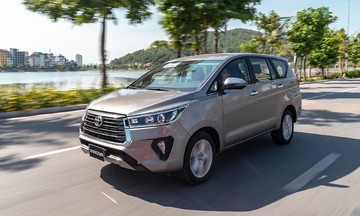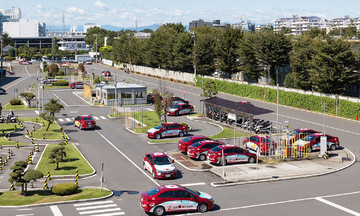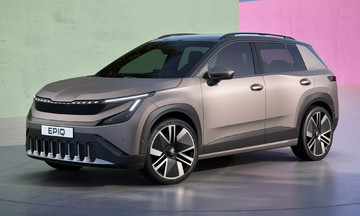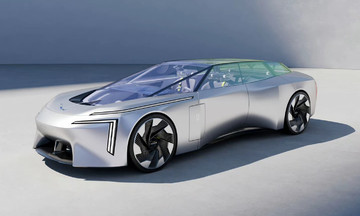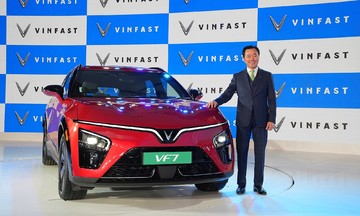BYD reported 3,713 billion CNY in revenue for the first half of 2025, a 23% year-on-year increase. Net profit reached 155 billion CNY, up 14%. The company sold 2.49 million vehicles globally in the first seven months of the year, a 27% increase compared to the same period last year.
Sales outside of China reached 550,000 units, marking a growth of over 130%. These results placed BYD at number 91 on this year's Fortune Global 500 list.
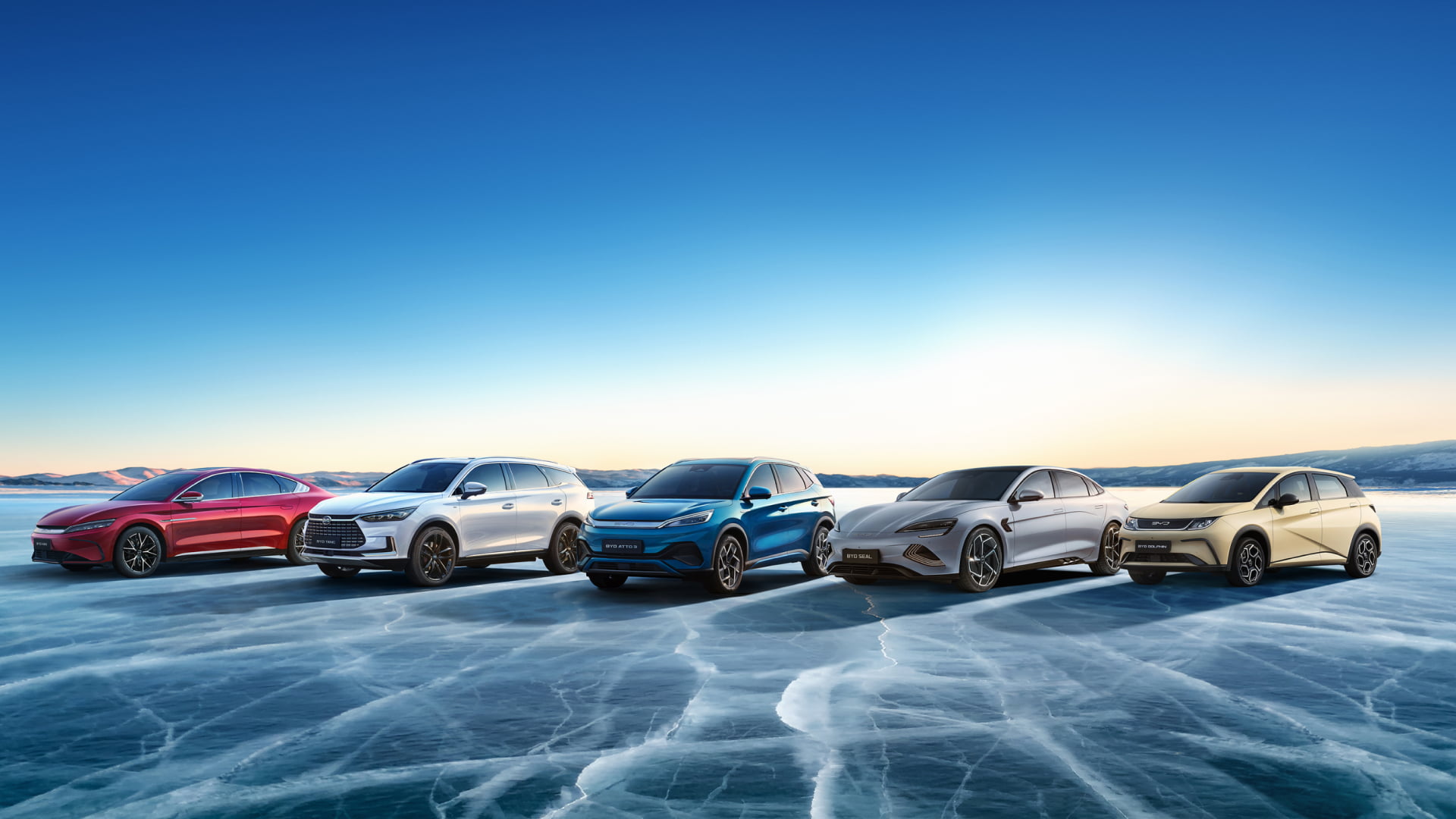 |
BYD's new energy vehicles. Photo: BYD |
BYD's new energy vehicles. Photo: BYD
A BYD representative attributed the revenue and profit growth to the company's multi-brand strategy and focus on higher-end products. This approach has reduced costs and increased the value of each vehicle, leading to more stable and sustainable financial performance.
BYD stated that its growth in the first half of the year stems from its focus on technology. Over the past six months, the company invested 309 billion CNY in research and development (R&D), a 53% year-on-year increase. "Total R&D investment has surpassed 2,100 billion CNY, focusing on areas like next-generation batteries, automotive chips, electrochemical platforms, and intelligent driving," the representative said.
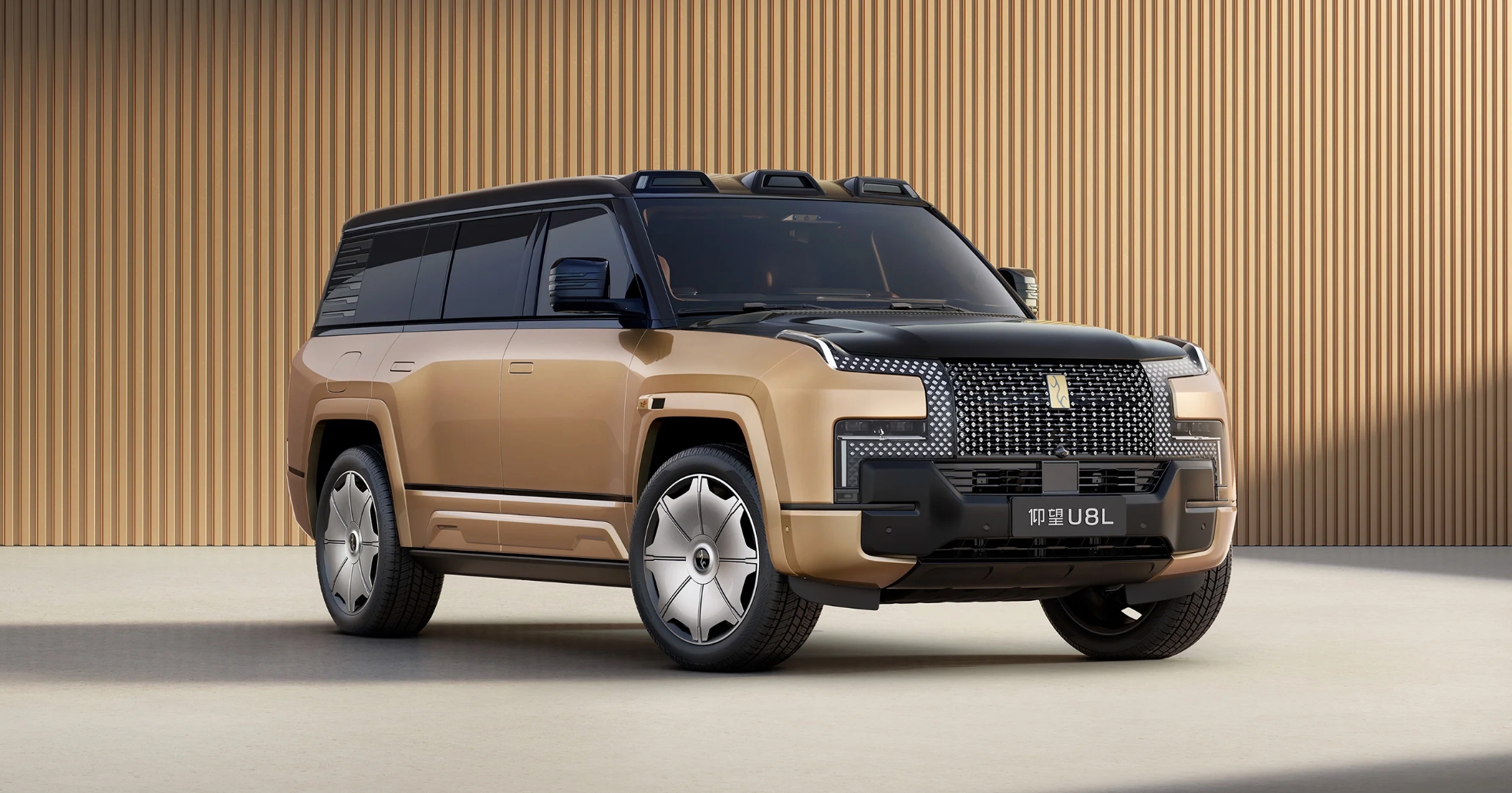 |
A high-end SUV from BYD's YangWang brand. Photo: BYD |
A high-end SUV from BYD's YangWang brand. Photo: BYD
BYD also reported international market expansion in the first half of the year. In July, the company registered 7,231 new battery electric vehicles (BEVs) in Europe, a 169% year-on-year increase. BYD now operates in 112 countries and territories and leads new energy vehicle sales in Italy, Turkey, Spain, and Brazil, according to the company.
BYD's internationalization strategy includes opening a European headquarters in Hungary and starting construction on a factory in Cambodia. The aim is to establish a comprehensive overseas supply chain, from production to logistics.
 |
Car carrier ships contribute to BYD's independent logistics system. Photo: BYD |
Car carrier ships contribute to BYD's independent logistics system. Photo: BYD
BYD's independent logistics system includes eight ro-ro car carrier ships, seven of which are currently operational. This includes the Shenzhen, the world's largest car carrier with a capacity of 9,200 vehicles. The company explained that its own fleet reduces transportation costs and ensures a stable supply to distant markets. With its multi-brand strategy, BYD aims to offer a range of products from affordable to luxury vehicles, reaching diverse consumer groups, diversifying revenue streams, and strengthening its global image.
While many electric vehicle manufacturers face profit pressures and fierce competition, BYD maintains its position among the global top 5, steadily closing the gap with established automakers in Europe and the US.
Quang Anh



